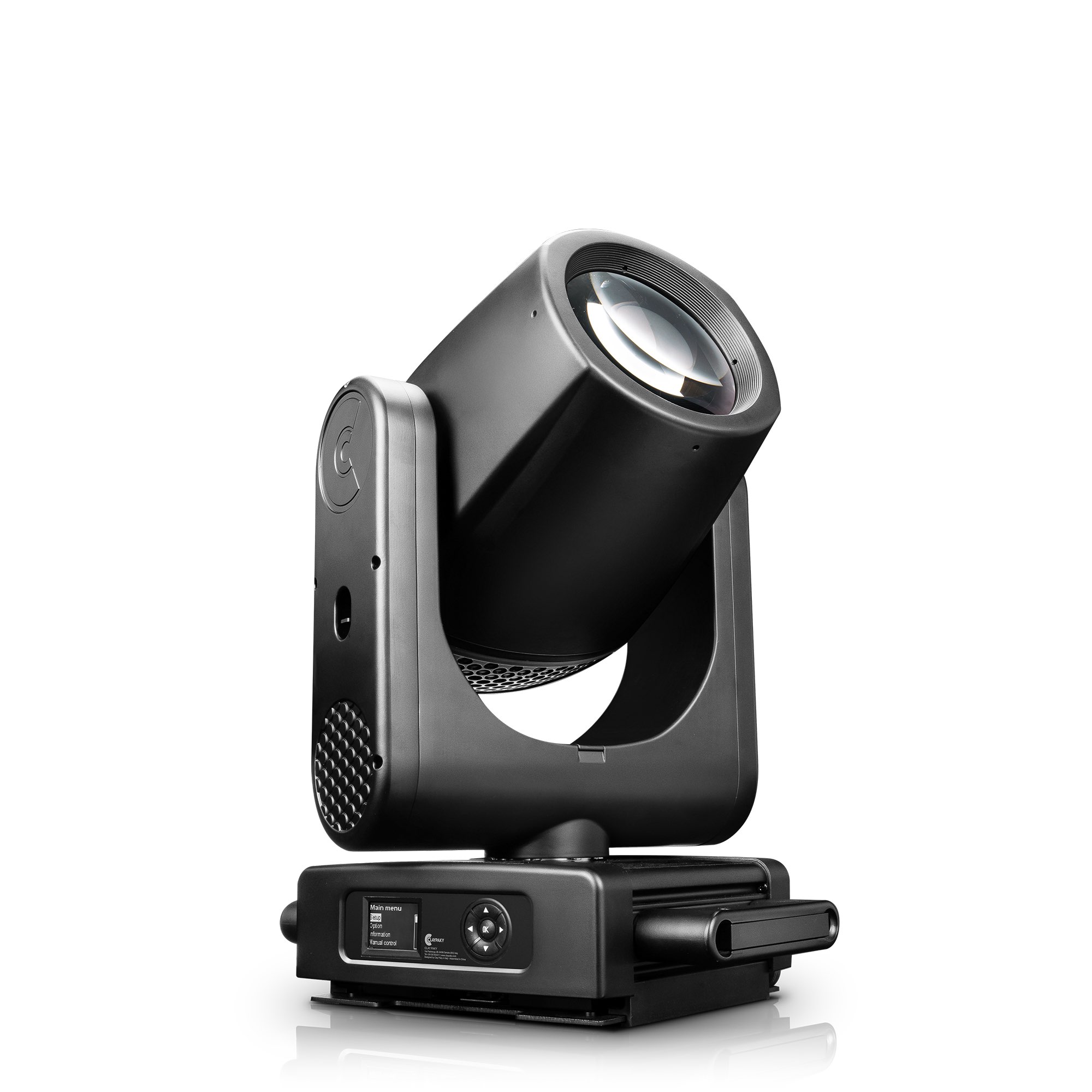
Ultimo Sharpy
Moving heads
CD3040
From the roughest storms to the tiniest speck of dust: with cutting-edge and strictly tested protection measures, Claypaky’s Shield Family (IP66) is designed to meet all your needs, ensuring effectiveness and efficiency in all weather conditions. These exciting fixtures meet the needs for outdoor installations and also for rental companies with both indoor and outdoor productions. No more need to worry about water, humidity, dust – or even salt: put your show on in all weather conditions!
Our IP66 certified lights are engineered to set a new standard for weather-resistant fixtures, offering high-performance, durability, and longevity. With superior ingress protection, these lights require minimal maintenance, allowing you to focus entirely on your show, whether indoors or outdoors.
IP66 certification indicates a higher level of protection compared to average market standards. IP rating refers to ingress protection rating or international protection ratings, which are used to qualify levels of dust- and water-sealing effectiveness. It is crucial to consider IP ratings if the fixtures are installed in dusty or wet environments. It means resistance to multi-directional, high-pressure water jets, withstanding rigorous testing protocols involving specific water volumes, pressures, and durations.
Moreover, our fixtures are equipped with harsh environment features, rigorously tested to endure vibrations, shocks, extreme temperatures, hailstones, electrical stress, aggressive atmospheres, UV radiation, and more. Additionally, certain models provide Marine-grade protection, expanding their suitability to the cruise ship sector.